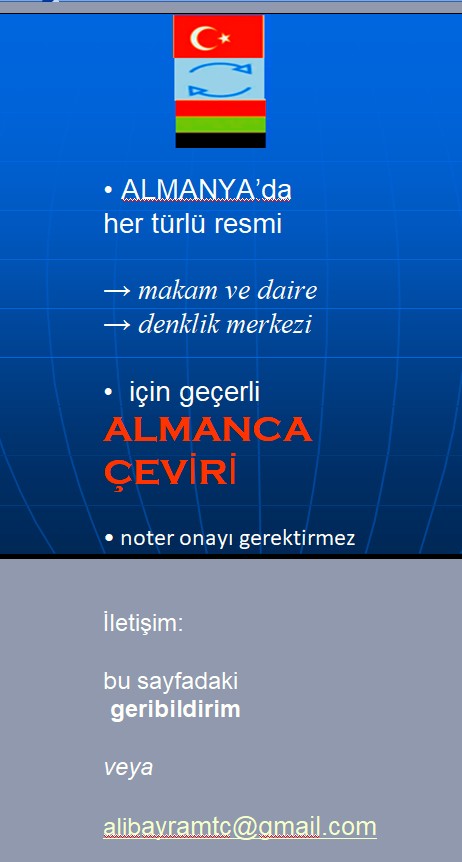invasive
İngilizce - Türkçe
sıklık sırası: 15621sıfat / adjective 1
sıfat / adjective 4 – medical
INVASIVE
Medical and Biological Context:
Invasive surgery: A surgical procedure that involves making incisions or entering the body to treat a condition.
Invasive species: Plants, animals, or pathogens that are non-native and have a negative impact on the local ecosystem.
Invasive procedure: A medical or surgical technique that involves entering the body to diagnose or treat a condition.
Invasive testing: Diagnostic tests that require entering the body or obtaining samples from internal organs.
Invasive infection: An infection that invades tissues or organs beyond the primary site of infection.
Invasive ventilation: A medical intervention that involves inserting a tube into the trachea to assist with breathing.
Invasive monitoring: Continuous monitoring of physiological parameters through invasive methods like catheters or probes.
Invasive technique: A method that requires entering the body to perform a diagnostic or therapeutic procedure.
Invasive carcinoma: A type of cancer that has the potential to spread to surrounding tissues or organs.
Invasive biopsy: A procedure that involves obtaining tissue samples by inserting a needle or making an incision.
Invasive disease: A medical condition caused by pathogens that invade tissues or organs, leading to illness.
Invasive therapy: Treatment methods that involve entering the body to deliver medications, radiation, or surgical interventions.
Invasive monitoring: The continuous assessment of physiological parameters through the use of invasive devices or procedures.
Invasive species control: Efforts to manage or eradicate non-native species that harm local ecosystems.
Invasive technique: A medical procedure that requires entering the body to perform diagnostic or therapeutic interventions.
Environmental and Ecological Context:
Invasive plants: Non-native plant species that outcompete native vegetation and disrupt ecosystems.
Invasive animals: Non-native animal species that disrupt local ecosystems by predation, competition, or habitat alteration.
Invasive species management: Strategies and practices aimed at controlling or eradicating non-native species from natural habitats.
Invasive weed control: Efforts to manage and reduce the spread of non-native weeds that harm agricultural or natural ecosystems.
Invasive species monitoring: The surveillance and assessment of non-native species to understand their impact on ecosystems.
Invasive species eradication: Actions taken to eliminate non-native species from specific habitats to restore ecological balance.
Invasive plant species: Non-native plants that grow aggressively, displacing native vegetation and altering ecosystems.
Invasive animal control: Measures taken to manage or remove non-native animals that pose threats to native species or habitats.
Invasive species introduction: The unintentional or deliberate introduction of non-native species into new environments, leading to ecological disruptions.
Invasive species impact: The effects of non-native species on native biodiversity, ecosystems, and human activities.
Technology and Information Context:
Invasive technology: Technologies that intrude upon personal privacy, data security, or ethical boundaries.
Invasive software: Programs or applications that collect user data without explicit consent or knowledge.
Invasive surveillance: Monitoring activities that infringe upon individual privacy rights or ethical standards.
Invasive tracking: The collection and monitoring of user data without explicit consent or knowledge.
Invasive advertising: Marketing practices that track user behavior online without explicit consent or awareness.
Invasive technologies: Tools or systems that compromise privacy, security, or ethical norms.
Invasive data collection: The gathering of user information without transparent disclosure or consent.
Invasive monitoring tools: Software or devices used to track user activities without explicit permission.
Invasive privacy practices: Actions or methods that infringe upon individual privacy rights, such as unauthorized data collection.
Invasive surveillance methods: Techniques used to monitor individuals or groups without proper consent, oversight, or ethical considerations.
Other Contexts:
Invasive thoughts: Unwanted or intrusive thoughts that disrupt normal cognitive processes or emotional well-being.
Invasive questions: Personal or probing questions that intrude upon privacy boundaries or make individuals uncomfortable.
Invasive procedures: Actions or interventions that disrupt normal routines, boundaries, or expectations.
Invasive behavior: Actions or behaviors that infringe upon personal space, boundaries, or rights.
Invasive species legislation: Laws and regulations aimed at controlling, managing, or eradicating non-native species.
Invasive plants management: Practices and strategies to control or eliminate non-native plant species from specific areas.
Invasive animal species: Non-native animals that disrupt local ecosystems and threaten native species.
Invasive species impact assessment: Evaluations to determine the effects of non-native species on biodiversity, ecosystems, and human activities.
Invasive species prevention: Measures and strategies to prevent the introduction and spread of non-native species.
Invasive species awareness: Efforts to educate the public about the risks and impacts of non-native species.
Medical Research Context:
Invasive studies: Research methods that involve entering the body or altering biological systems for experimentation.
Invasive techniques: Experimental methods that require accessing internal tissues, organs, or systems for scientific investigation.
Invasive research methods: Approaches that involve interventions, manipulations, or procedures within living organisms for study purposes.
Invasive experiments: Scientific investigations that require entering organisms, altering biological processes, or causing physical disruptions.
Ethical and Social Context:
Invasive procedures: Actions, inquiries, or interventions that breach personal boundaries, rights, or autonomy.
Invasive questions: Inquiries that violate privacy, boundaries, or ethical norms in interpersonal interactions.
Invasive practices: Actions or methods that infringe upon individual rights, freedoms, or ethical principles.
Invasive behavior: Conduct that disregards personal boundaries, consent, or social norms.
Invasive actions: Interventions, intrusions, or violations that disrupt ethical, legal, or social standards.
Invasive surveillance: Monitoring activities that compromise individual privacy, autonomy, or constitutional rights.
Invasive technologies: Tools or systems that challenge ethical norms, social values, or legal principles.


